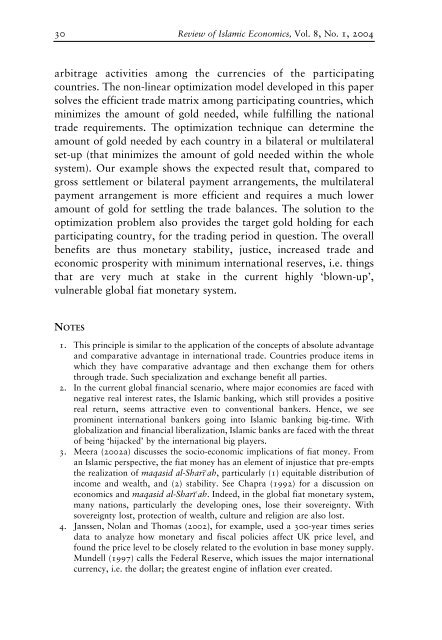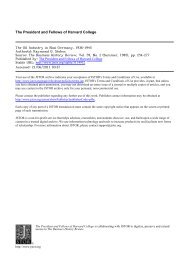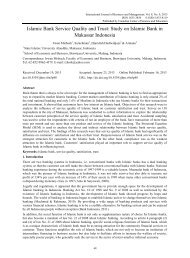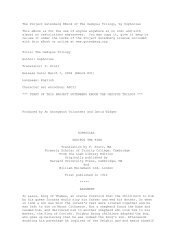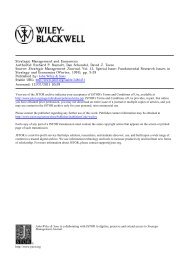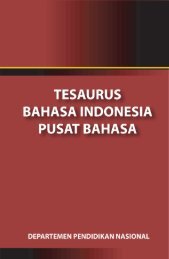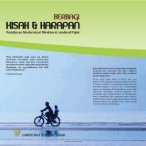The Gold Dinar
The Gold Dinar
The Gold Dinar
You also want an ePaper? Increase the reach of your titles
YUMPU automatically turns print PDFs into web optimized ePapers that Google loves.
30 Review of Islamic Economics, Vol. 8, No. 1, 2004<br />
arbitrage activities among the currencies of the participating<br />
countries. <strong>The</strong> non-linear optimization model developed in this paper<br />
solves the efficient trade matrix among participating countries, which<br />
minimizes the amount of gold needed, while fulfilling the national<br />
trade requirements. <strong>The</strong> optimization technique can determine the<br />
amount of gold needed by each country in a bilateral or multilateral<br />
set-up (that minimizes the amount of gold needed within the whole<br />
system). Our example shows the expected result that, compared to<br />
gross settlement or bilateral payment arrangements, the multilateral<br />
payment arrangement is more efficient and requires a much lower<br />
amount of gold for settling the trade balances. <strong>The</strong> solution to the<br />
optimization problem also provides the target gold holding for each<br />
participating country, for the trading period in question. <strong>The</strong> overall<br />
benefits are thus monetary stability, justice, increased trade and<br />
economic prosperity with minimum international reserves, i.e. things<br />
that are very much at stake in the current highly ‘blown-up’,<br />
vulnerable global fiat monetary system.<br />
NOTES<br />
1. This principle is similar to the application of the concepts of absolute advantage<br />
and comparative advantage in international trade. Countries produce items in<br />
which they have comparative advantage and then exchange them for others<br />
through trade. Such specialization and exchange benefit all parties.<br />
2. In the current global financial scenario, where major economies are faced with<br />
negative real interest rates, the Islamic banking, which still provides a positive<br />
real return, seems attractive even to conventional bankers. Hence, we see<br />
prominent international bankers going into Islamic banking big-time. With<br />
globalization and financial liberalization, Islamic banks are faced with the threat<br />
of being ‘hijacked’ by the international big players.<br />
3. Meera (2002a) discusses the socio-economic implications of fiat money. From<br />
an Islamic perspective, the fiat money has an element of injustice that pre-empts<br />
the realization of maqasid al-SharϢah, particularly (1) equitable distribution of<br />
income and wealth, and (2) stability. See Chapra (1992) for a discussion on<br />
economics and maqasid al-SharϢah. Indeed, in the global fiat monetary system,<br />
many nations, particularly the developing ones, lose their sovereignty. With<br />
sovereignty lost, protection of wealth, culture and religion are also lost.<br />
4. Janssen, Nolan and Thomas (2002), for example, used a 300-year times series<br />
data to analyze how monetary and fiscal policies affect UK price level, and<br />
found the price level to be closely related to the evolution in base money supply.<br />
Mundell (1997) calls the Federal Reserve, which issues the major international<br />
currency, i.e. the dollar; the greatest engine of inflation ever created.


